-
About the Motif:
A Look into Yuki Hayama's Shinrabansho Design
-
Exhibition Highlights:
Details of Daisuke Nakano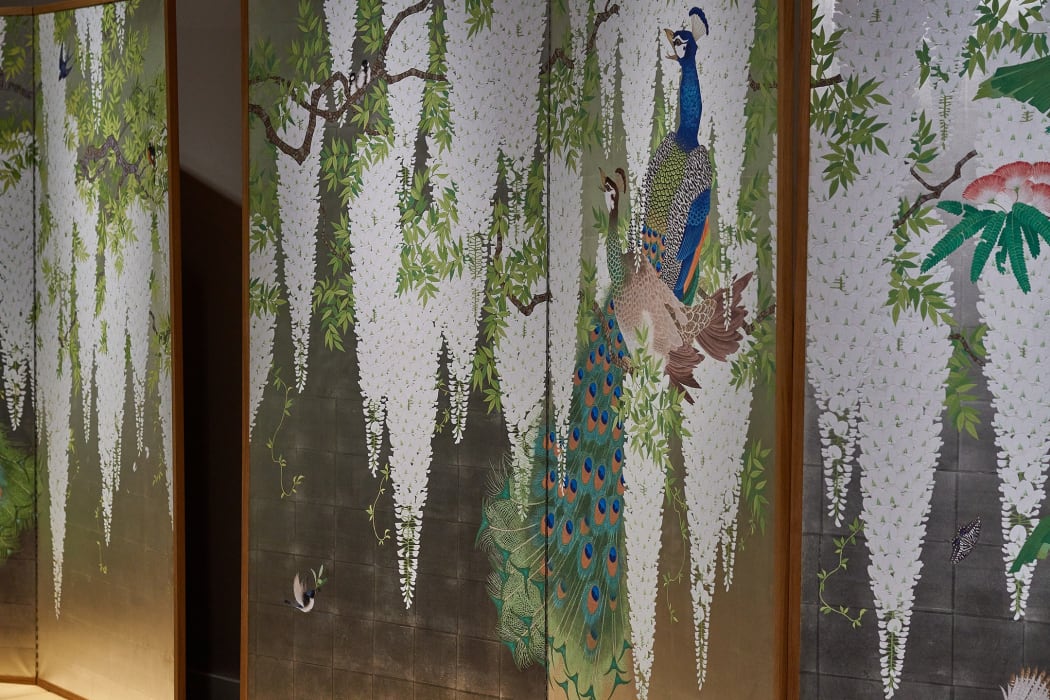
-
Artist Spotlight:
Yui Tsujimura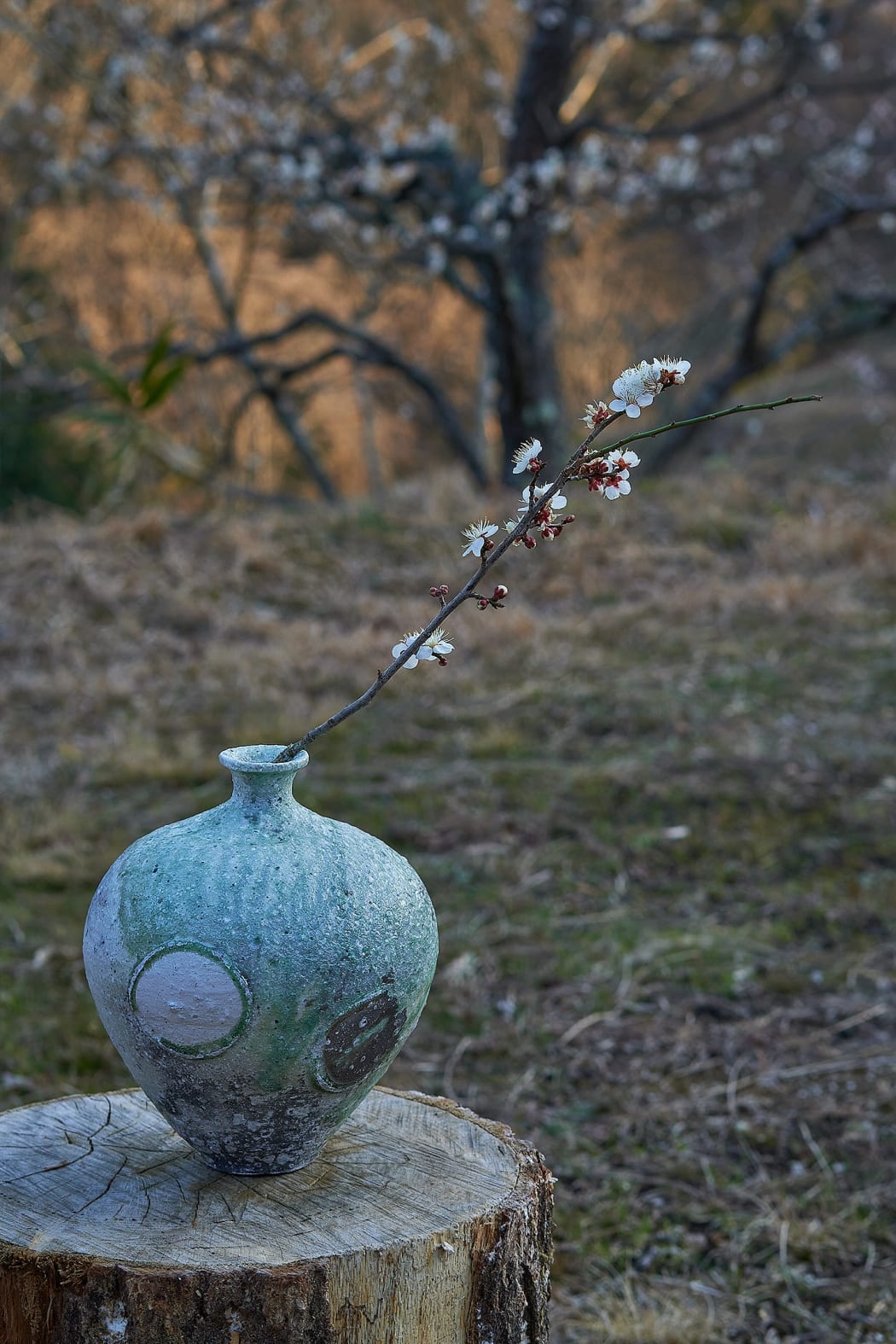
-
Artist Spotlight:
The Mountain of Kai Tsujimura
-
Artist Spotlight:
Kan Matsuzaki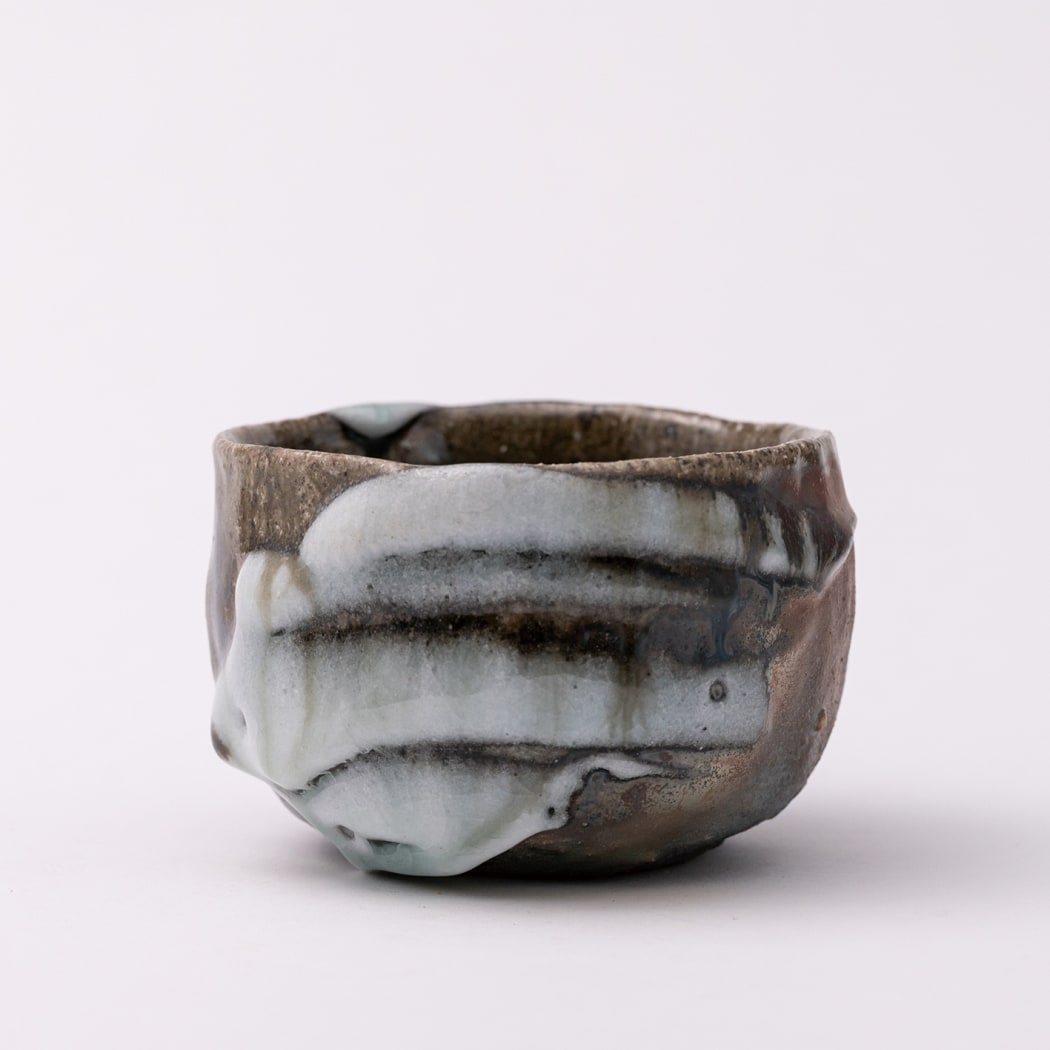
-
Artist Spotlight:
Hiroshi Goseki, A Form in Flux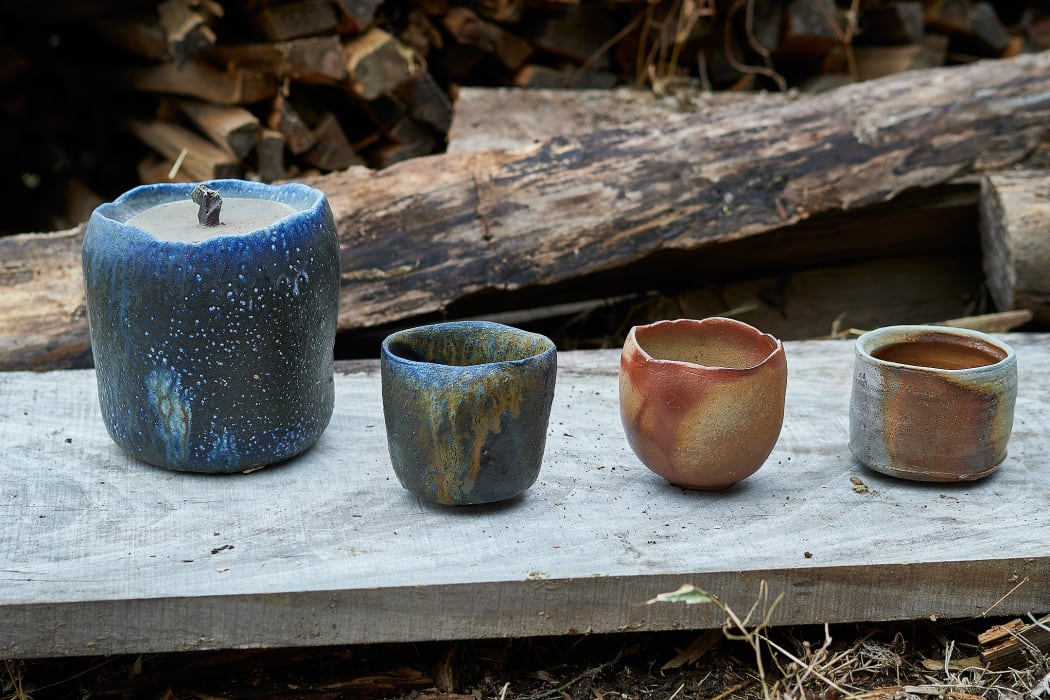
-
Artist Spotlight:
Shota Suzuki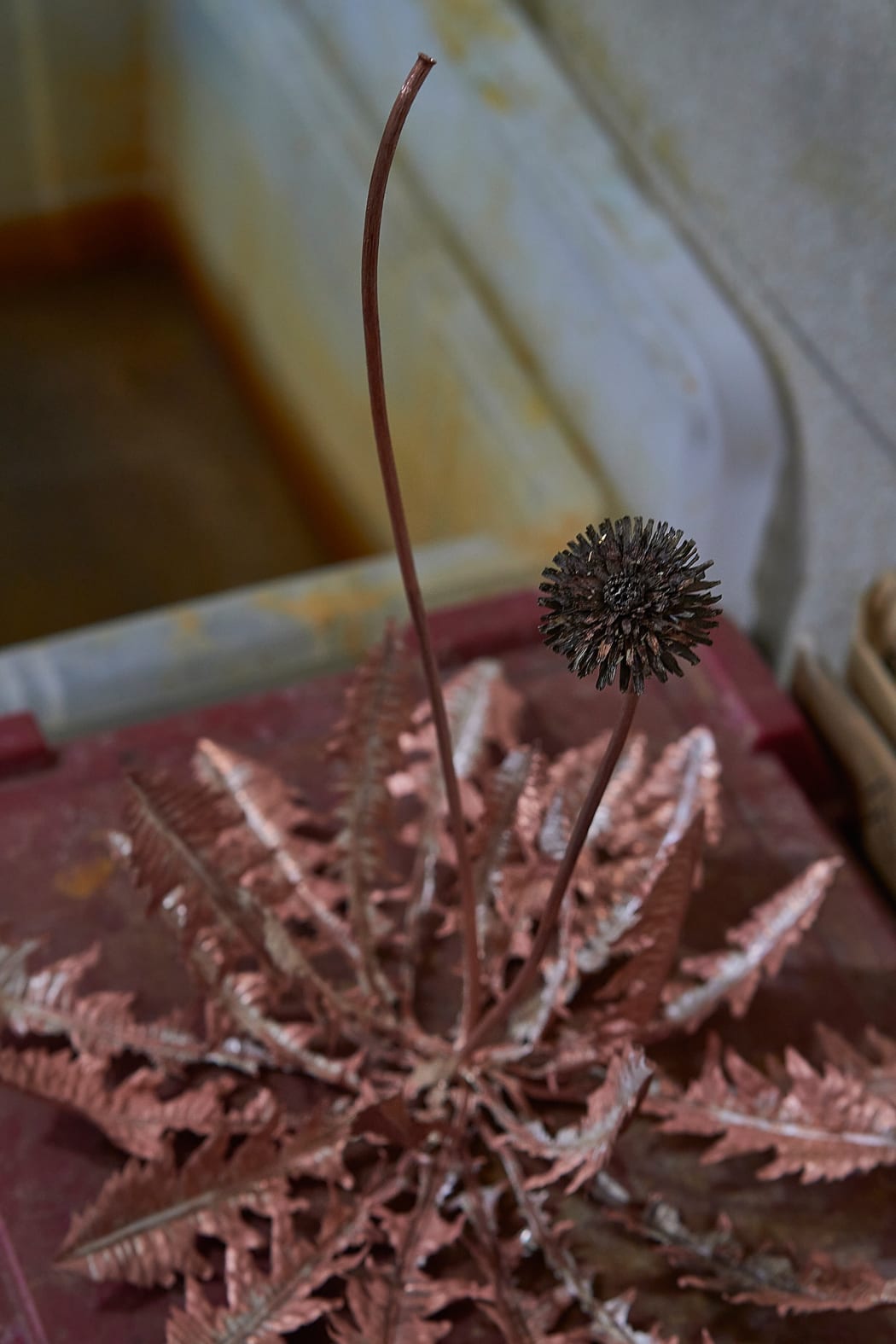
-
Hinamatsuri 雛祭 March 3
Dolls Day, a Celebration of Health and Happiness for Japanese Girls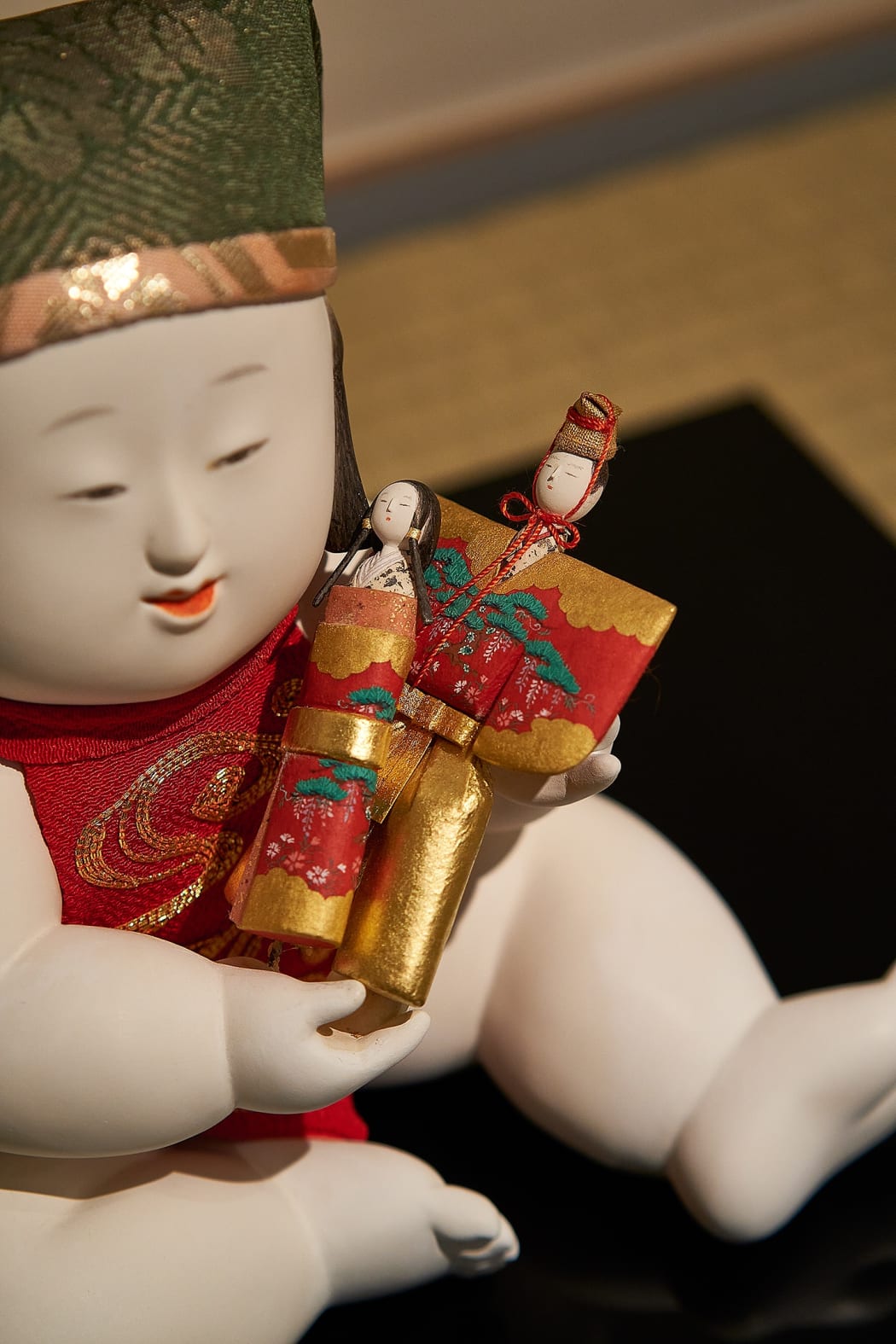 Michiko Fujita, Doll 'Hinamatsuri'
Michiko Fujita, Doll 'Hinamatsuri' -
Artist Spotlight:
Kan Kishino -
A Gentle Tea Bowl
The Art of Tomoyuki Hoshino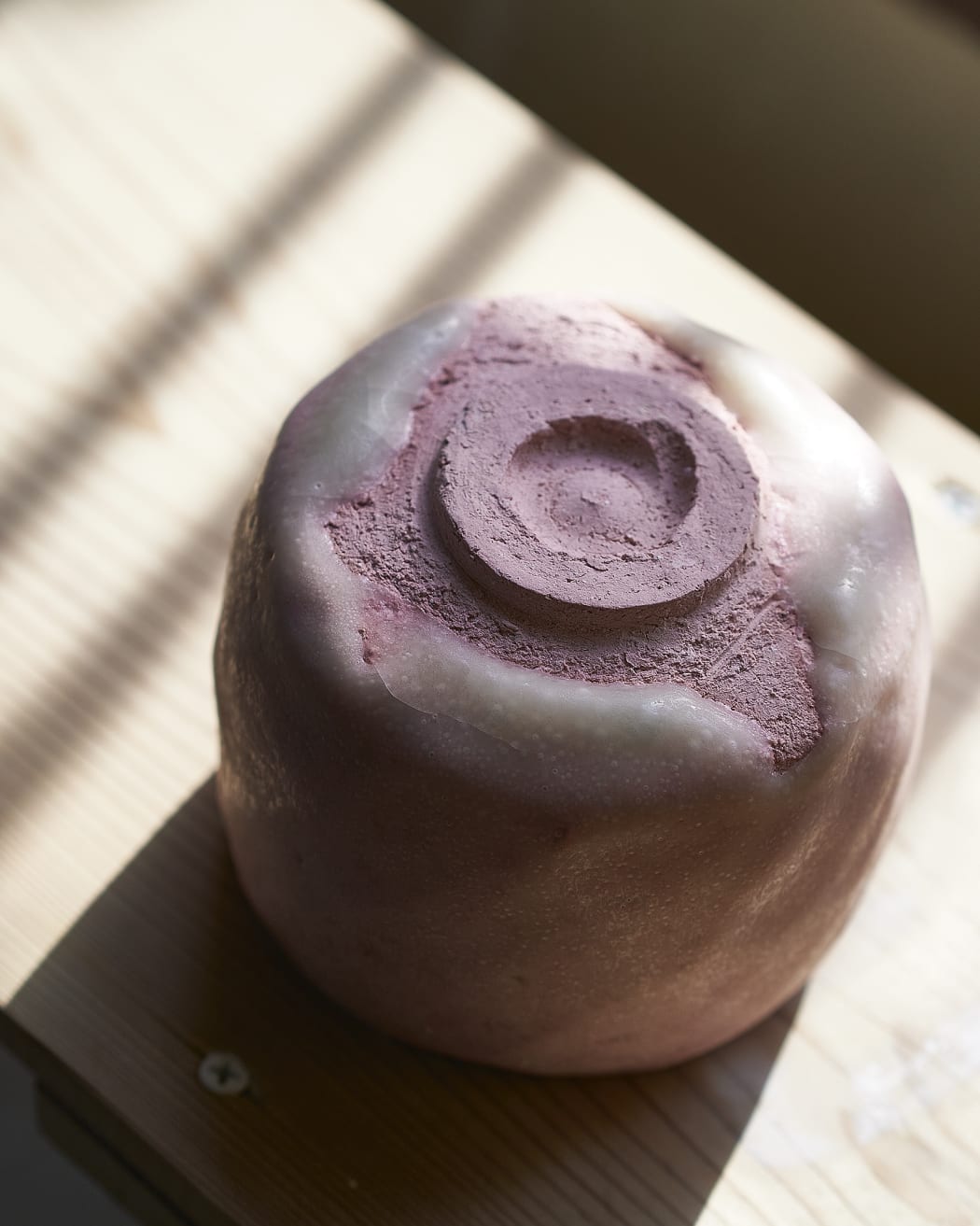
-
The Magic of Tea Bowls
A Reflection on Contemporary Japanese Tea BowlsThis week's journal is a reflection on the conversations from the event with Museum of Fine Art, Houston. An essay on the transience of the art of the tea bowl, this essay discusses the current global climate and how it relates to our relationship with each other and art.
-

-
Artist Spotlight:
Kodai Ujiie's Contemporary Kintsugi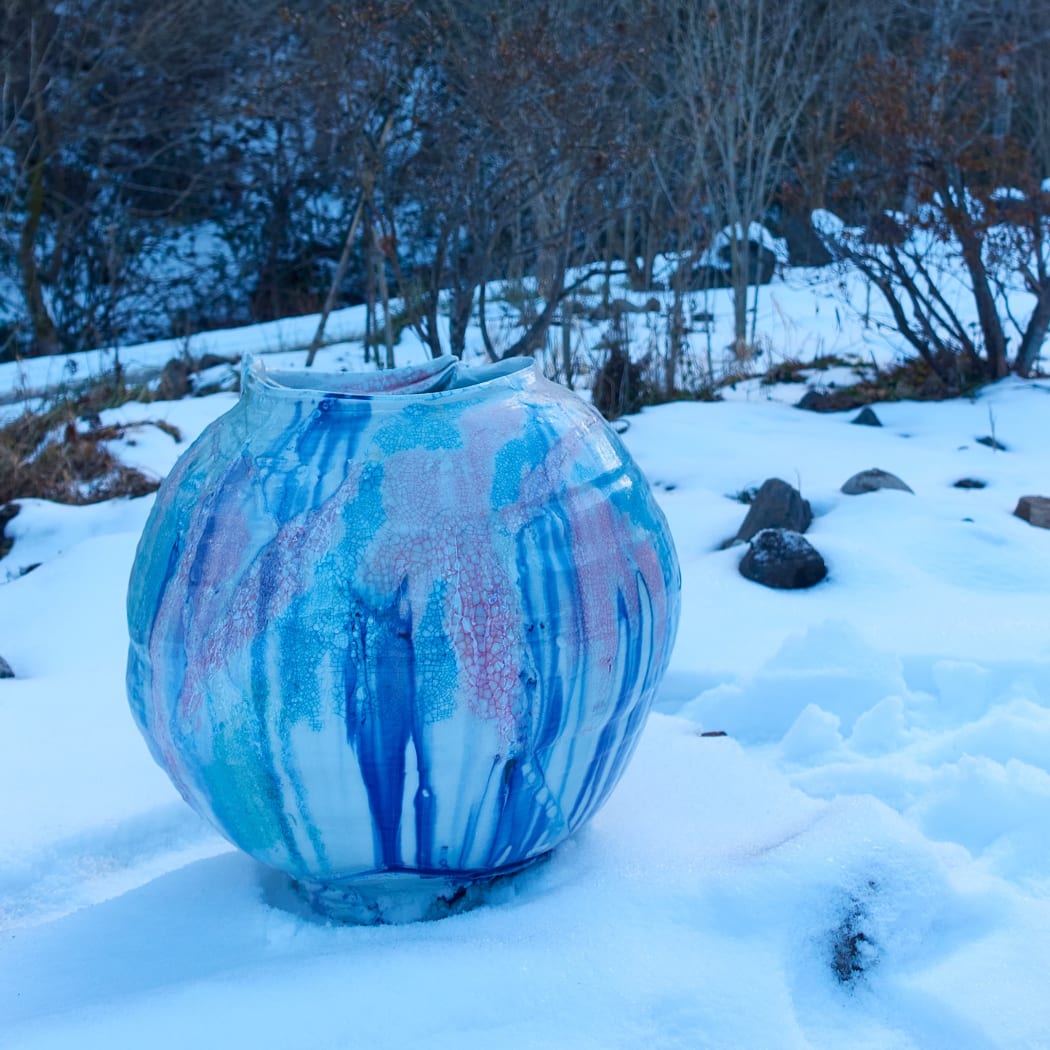
Kodai Ujiie, currently exhibiting at Tokyo Ippodo Gallery’s 6th New Birds Flying group show until January 31, 2021, is one of the youngest and most refreshing artists in the Ippodo Gallery collection. This journal goes into detail on his inspiration, development of his visual language, and highlights a few of his pieces.
-
Unique Surfaces
A Survey of Tokyo Ippodo Gallery Artists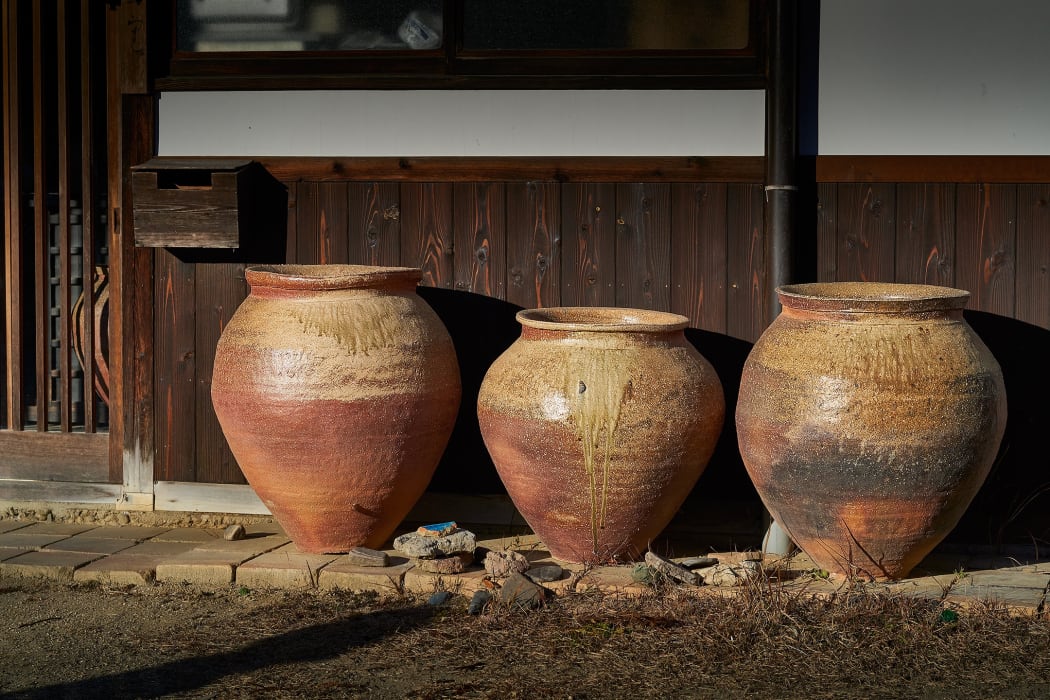
-
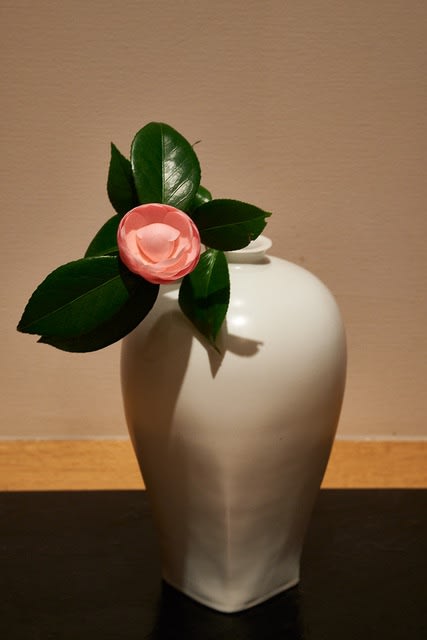
Happy New Year!
Ippodo Gallery team hopes that this year is a lot brighter and warmer than the last!
To welcome the new year and all our friends and supporters, we feature a carefully curated selection of pieces from Tokyo Ippodo Gallery to share with you for this week's Journal.
-
Oshōgatsu 御正月:
Welcoming the New Year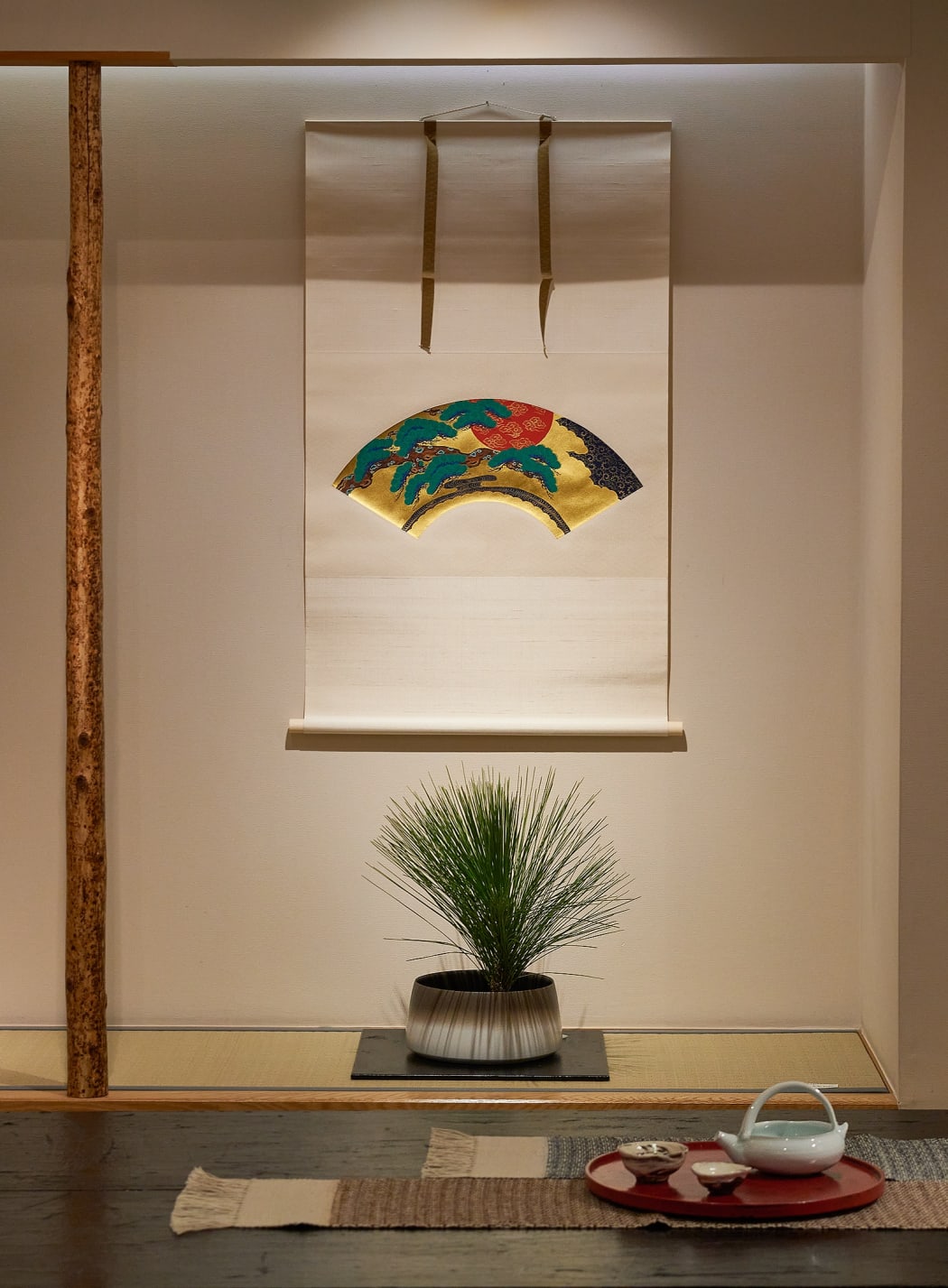
-
Altered Forms
Ribbing, Faceting, and Molding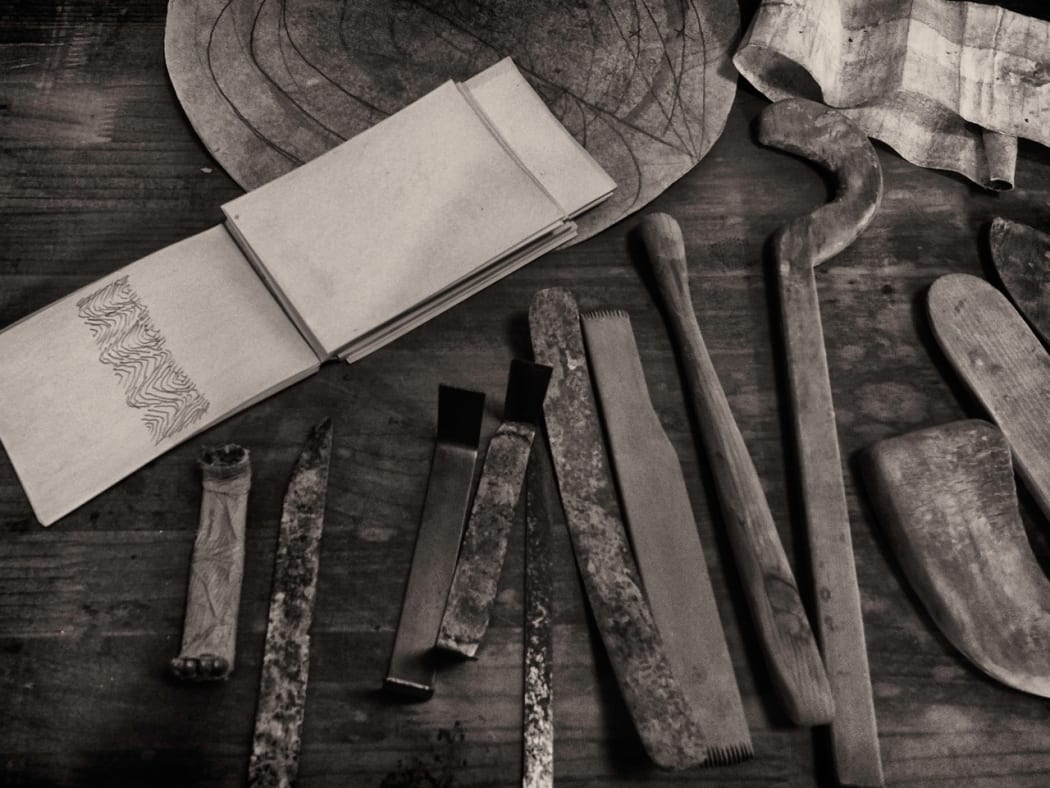
Three different ways to alter a ceramic form explained through Ippodo Gallery's artists.
-

-
A Slender Silhouette:
On Ippodo Gallery’s Tall Forms
A look through the various tall forms from Ippodo Gallery artists featuring artists Koichiro Isezaki, Hafu Matsumoto, and Yui Tsujimura.
-
Ash Glazes
on Yui Tsujimura's Natural Ash Glazes
A brief overview on the methods and applications of Ash Glaze featuring our artist, Yui Tsujimura and his signature, natural ash pieces.
-
Japanese Lacquer
An Overview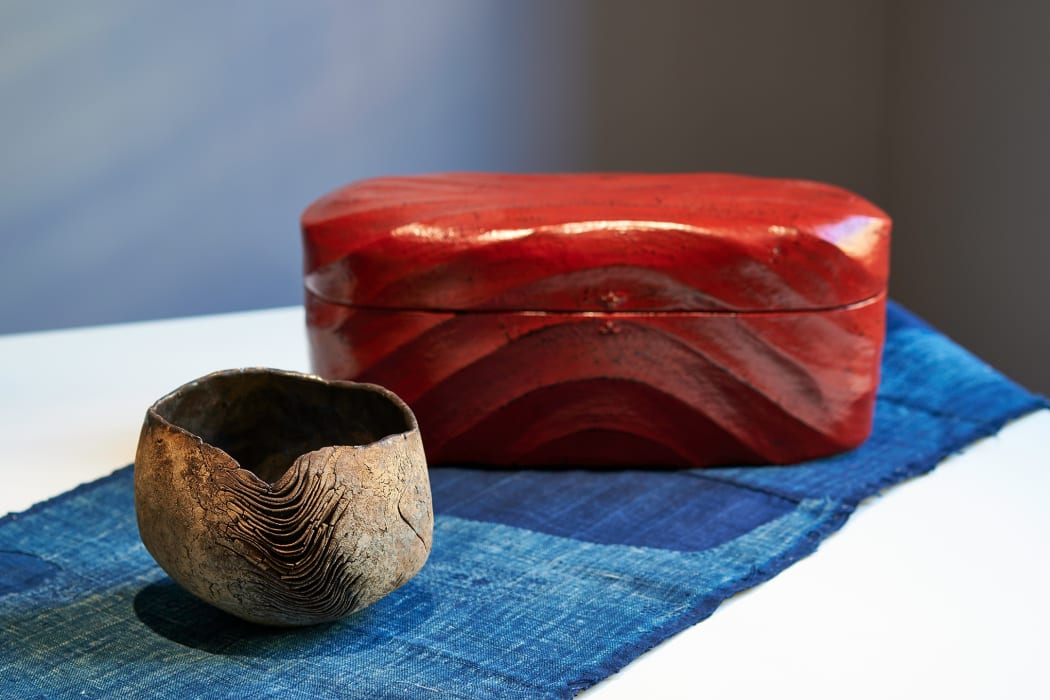
-
Stoneware and Colorants
On Iron Oxide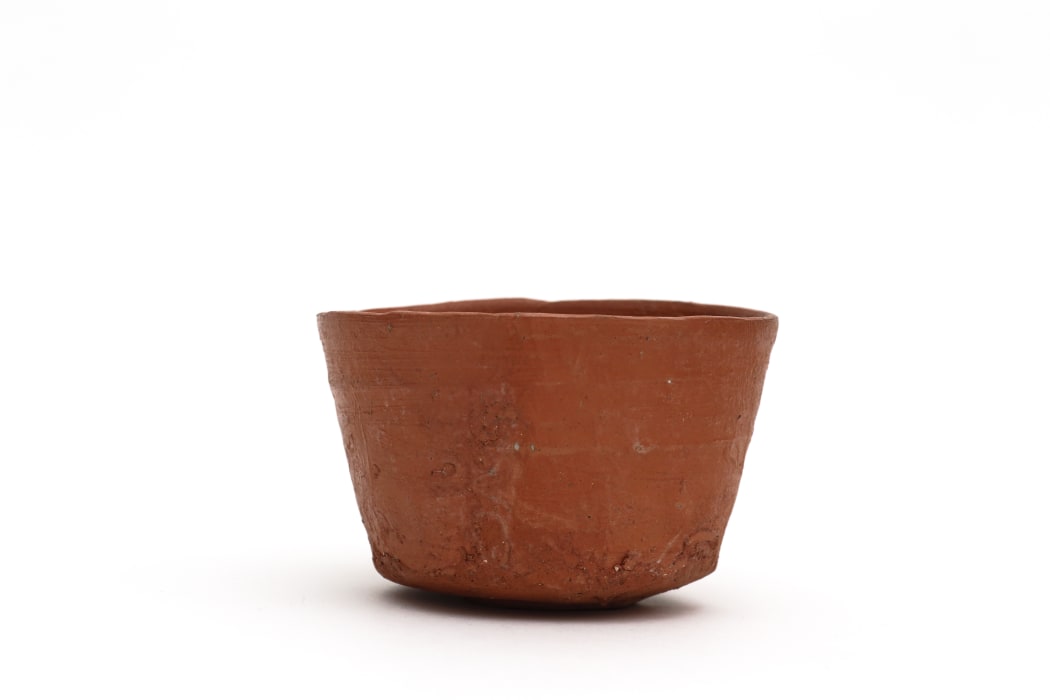
A deeper look into the techniques and materials of Ippodo Gallery's ceramic artists.
This week we feature specifically red iron oxide and its effects on the clay body and glaze.
-
Black Glazes
Tenmoku, Raku, and Oribe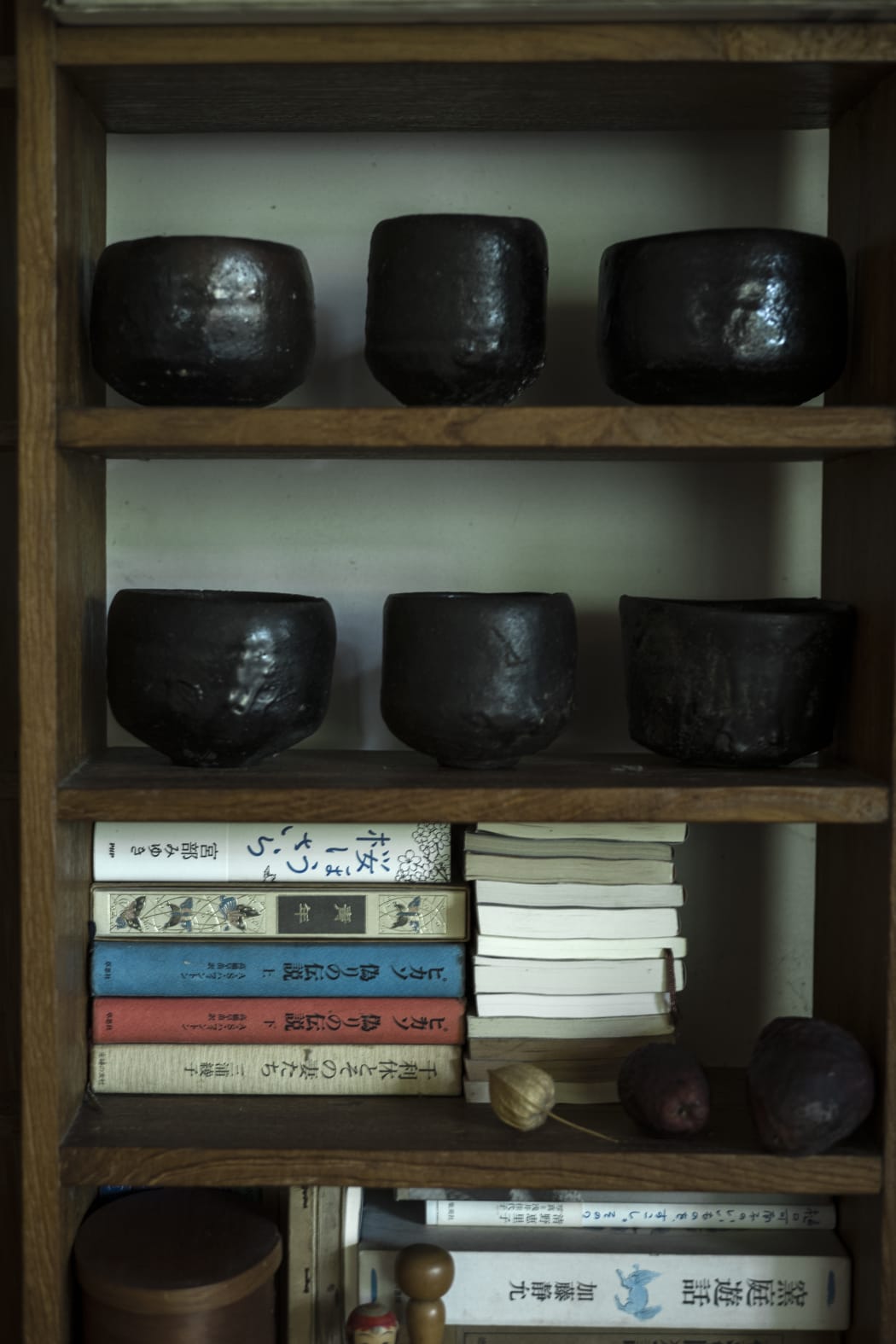
Looking through Ippodo Gallery’s tea bowl collection, we have a variety of different glazing techniques, textures, styles, and forms across all the different ceramic artists.
-
Shino Glaze
An introduction to the Shino glaze technique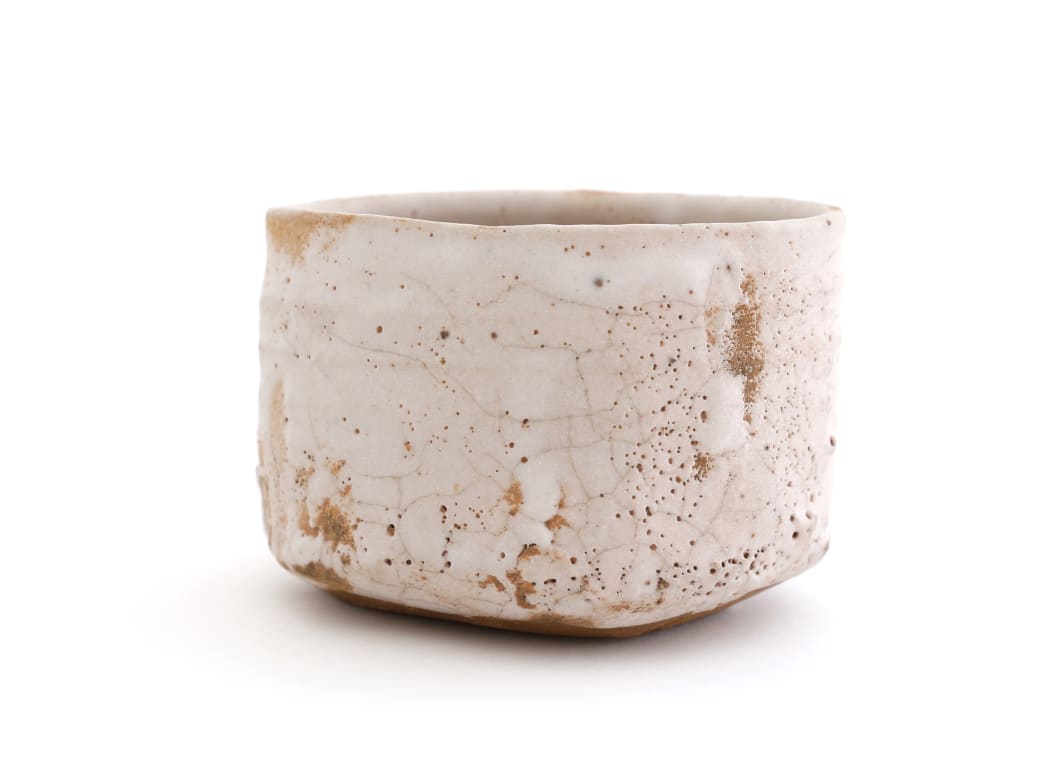
-
About Glass
A Short Introduction to Glassblowing Technique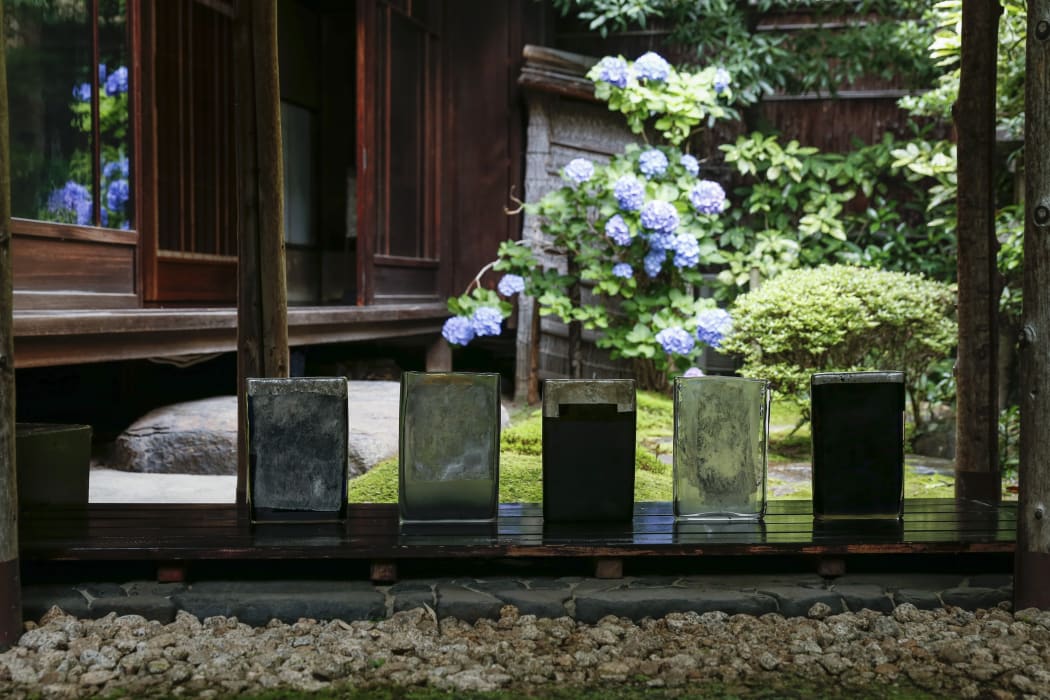
Ippodo Gallery's weekly journal feature introduces Glassblowing. Coinciding with Laura de Santillana's exhibition, Through Her Eyes: In Memory of Laura de Santillana.
A short and concise view on the techniques of glassblowing, this journal discusses Free-blowing and Mold-blowing techniques.
-
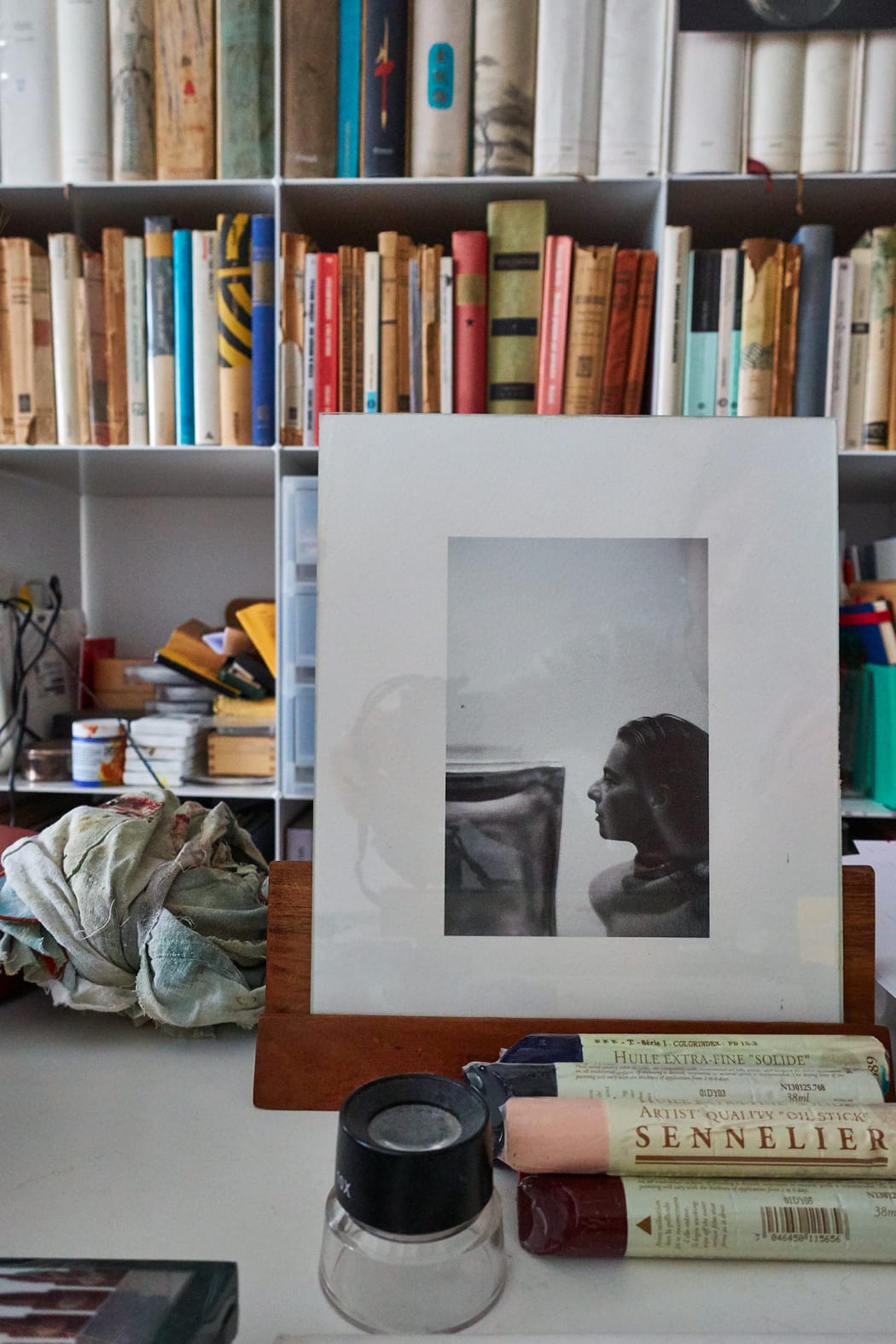
A personal letter from Ippodo Gallery director Shoko Aono to her late friend and artist Laura de Santillana. This letter precedes Ippodo Gallery's October - November exhibition, Through Her Eyes: In Memory of Laura de Santillana.
-
Intricate Painting:
A Brief Look into the Technique of China Painting
China painting was first developed in China during the 7th-8th century. The main types of China painting include underglaze and overglaze. This Journal goes into detail about the two types of China painting, paired with examples from Ippodo Gallery's artists.
-
Suiboku-ga:
Ink Wash Painting and Tadataka Kishino
Samsara: Sculptures by Sho Kishino includes five ink wash paintings made by the artist’s father, Tadataka Kishino, a renowned practitioner of this style. Tadataka’s works are careful studies of space and nature. Tadataka’s works focus on the drawn line and tonal value of the ink, using the empty space of the bare washi paper or silk canvas to suggest physical space such as the sky or a body of water. In his sculpture, Sho Kishino draws inspiration from this practice in a literal sense by incorporating the physical space that his works occupy into their composition.
-
The Rebirth of Wood
A Look Inside Sho Kishino's Studio
Sho Kishino invites us into his studio.
A look into the space of inspiration for a sculptor, we are offered a different lens in which to understand the production of his work. The humility, resourcefulness, and care for his pieces and practice are all reflected through his studio space.
It is through this careful documentation that the viewer can see the tidy and meticulious personality of Kishino; one that is reflected in precise and organic carving.
-
Chōyō no sekku | September 9
Chrysanthemums on the Double Ninth Festival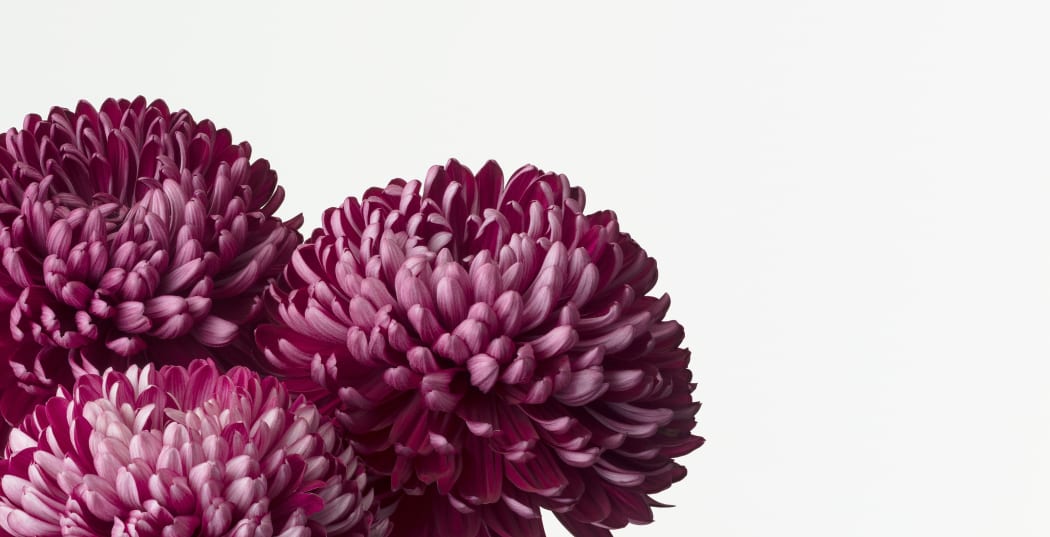
A deep tradition runs throughout East Asian cultures of ascribing certain numbers and dates with innately auspicious or inauspicious qualities.
The Japanese holiday Chōyō no sekku, or the Double Ninth Festival, is observed on the ninth day of the ninth month. As the greatest single-digit, odd number, nine is believed to possess an excess amount of Yang; the “double nine” of Chōyō no sekku creates an atmosphere of imbalance. But through ritual and prayer, observers of the holiday transform the day’s “excess of Yang” (chōyō) into an auspicious occasion.
Celebrated since the ninth century, Chōyō no sekku also signals the transition of the seasons and commemorates the autumn rice harvest and its accompanying bounty. Historically, Chōyō no sekku was observed according to the Chinese lunar calendar, and is now marked annually on September 9th.
-
Obon
A Late Summer Festival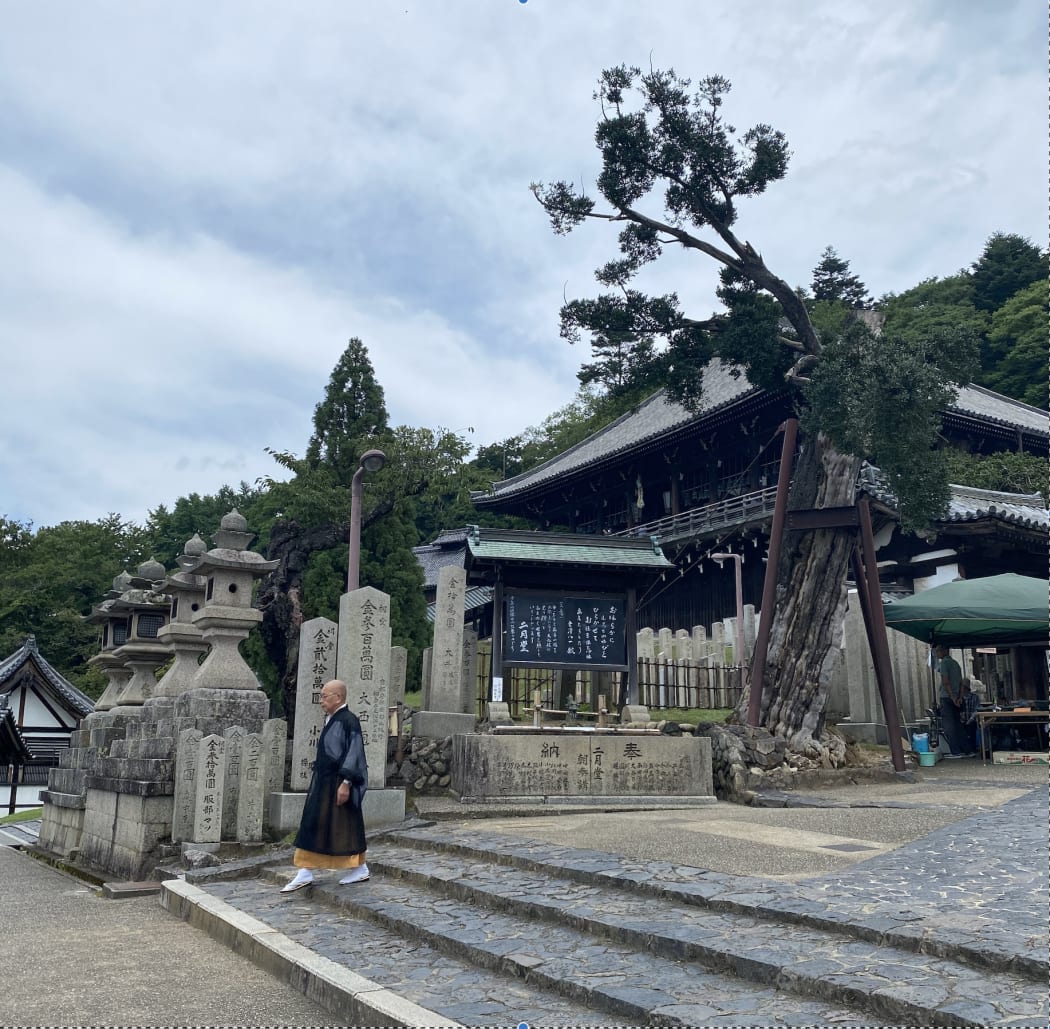
-
In Detail
Takashi Tomo-oka's Washi Prints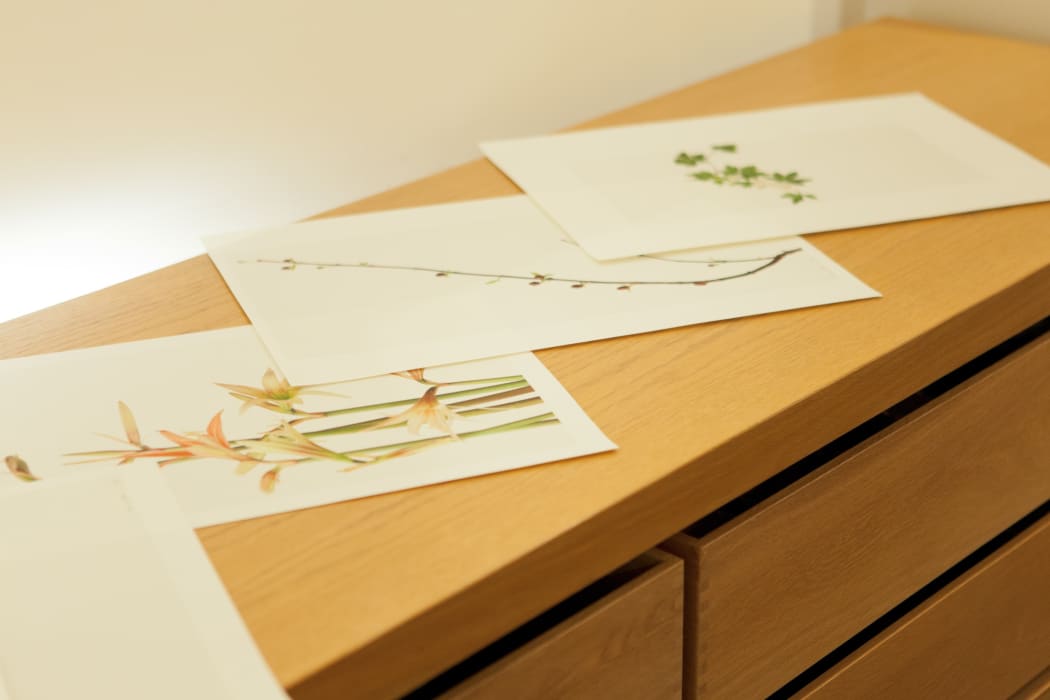
A detailed look into the materials used in Takashi Tomo-oka's delicate and minimal prints.
-
Capturing Patience
The Philosophy of Nature in Takashi Tomo-oka's Photography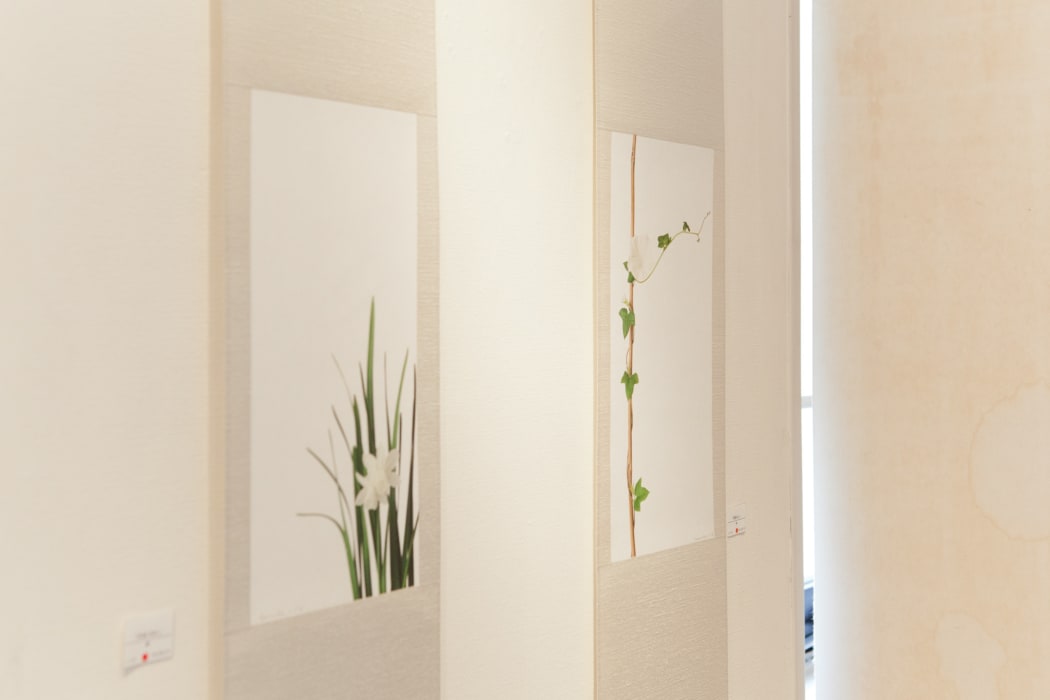
-
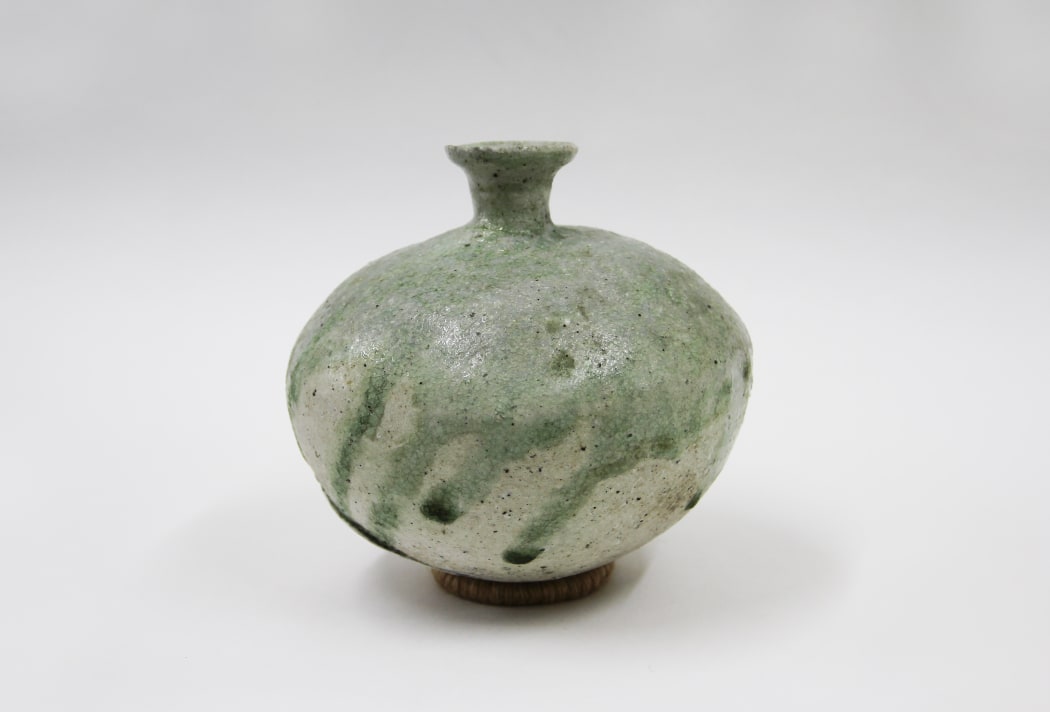
ippodo gallery presents new pieces by yui tsujimura
-
About the Series
Koichiro Isezaki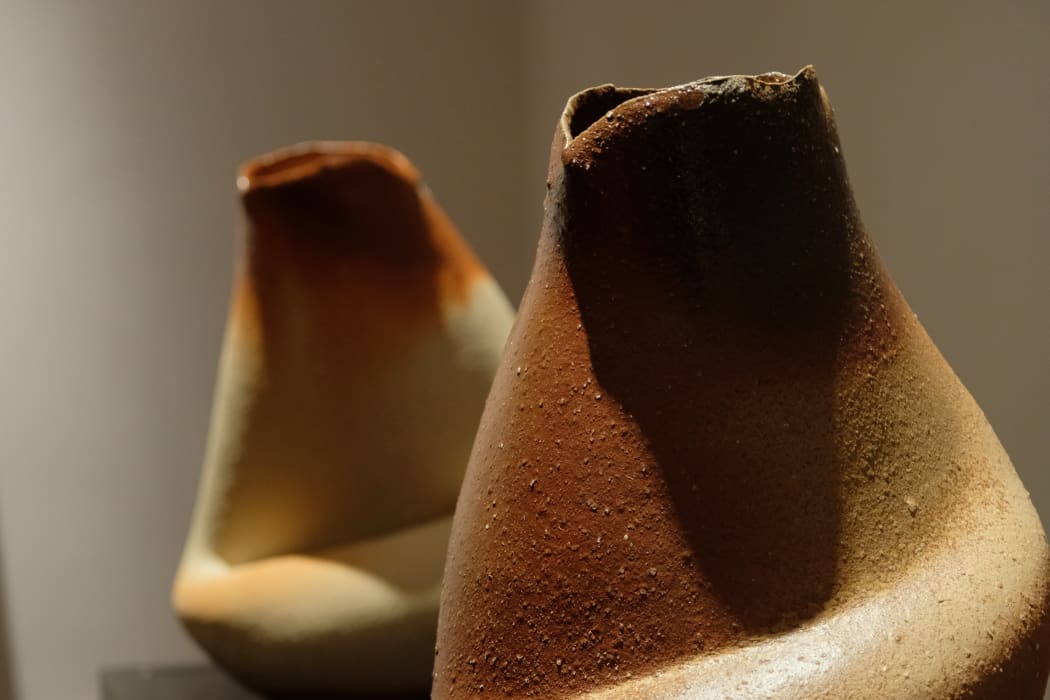
Ippodo Gallery’s spring artist Koichiro Isezaki's series of provocative, sculptural, yet minimal, vessels and forms.
Page
2
of 2